Tesla, SigEnergy and SolarEdge Battery Review
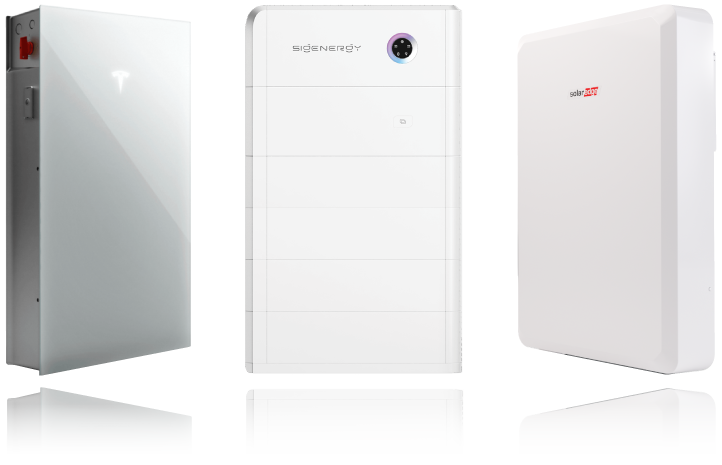
So which is the best battery system: Tesla, SigEnergy or SolarEdge? Consider the features of each system below to work out which features are important to you.
For a quick answer, if you want a less expensive system, go for Tesla. If you have shade, SolarEdge is a good solution. Otherwise, choose SigEnergy, which is typically our preferred solution.
Seen a mistake or believe we have not fairly represented the products – please get in touch.
| Feature | Tesla | SigEnergy | SolarEdge |
|---|---|---|---|
| Ecosystem | Joint Winner | Joint Winner | |
| Modular | Winner | ||
| Charge & Discharge Speed | Winner | ||
| Backup Capability | Winner | ||
| Compatibility with Octopus Energy Tariffs | Joint Winner | Joint Winner | |
| Charges for Artificial Intelligence Mode | Joint Winner | Joint Winner | |
| Charge Below Zero | Joint Winner | Joint Winner | |
| Efficiency | Winner | ||
| App | Winner | ||
| Price | Winner |
Seen a mistake or believe we have not fairly represented the products – please get in touch.
1. Ecosystem
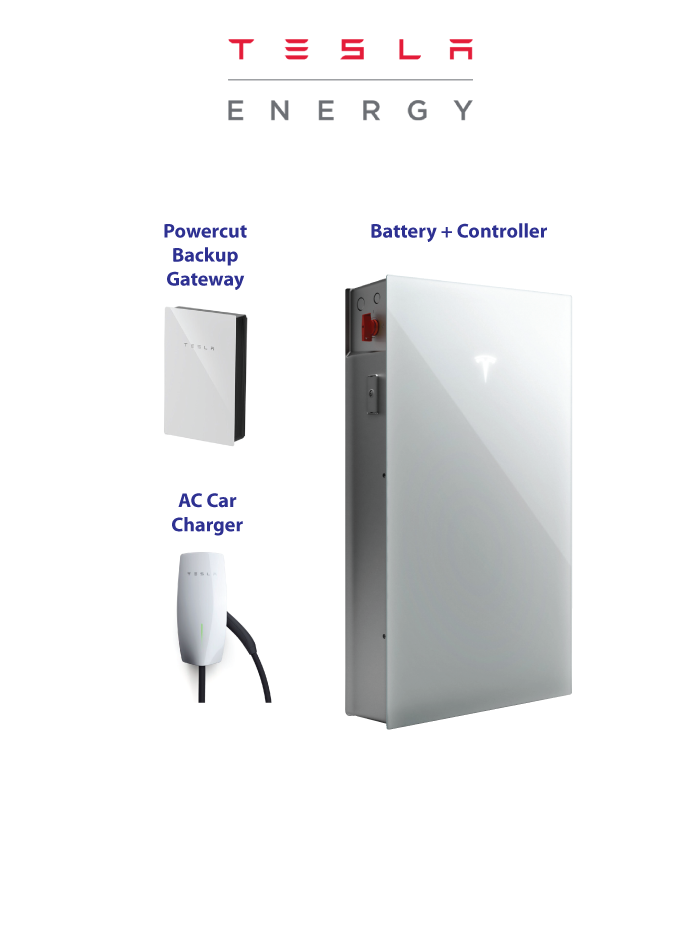
Tesla are a little way behind on whole home systems, but they do have the most important item – the EV AC charger. Having an integrated EV car charger stops the battery discharging when charging the car.
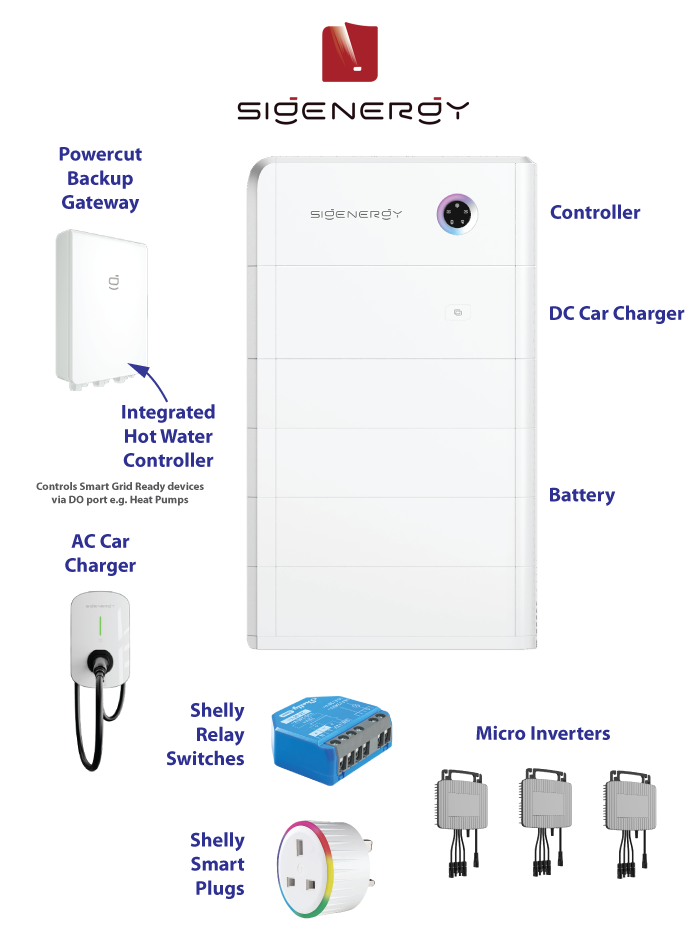
SigEnergy is quickly taking the lead on the fully integrated energy solution with a market leading DC bi-directional car charger.
They have also released compatibility with a range of Shelly home automation control devices, such as relays and plugs.
SigEnergy has just released a mesh micro inverter, which now makes the SigEnergy ecosystem equal and possibly more advanced than SolarEdge.
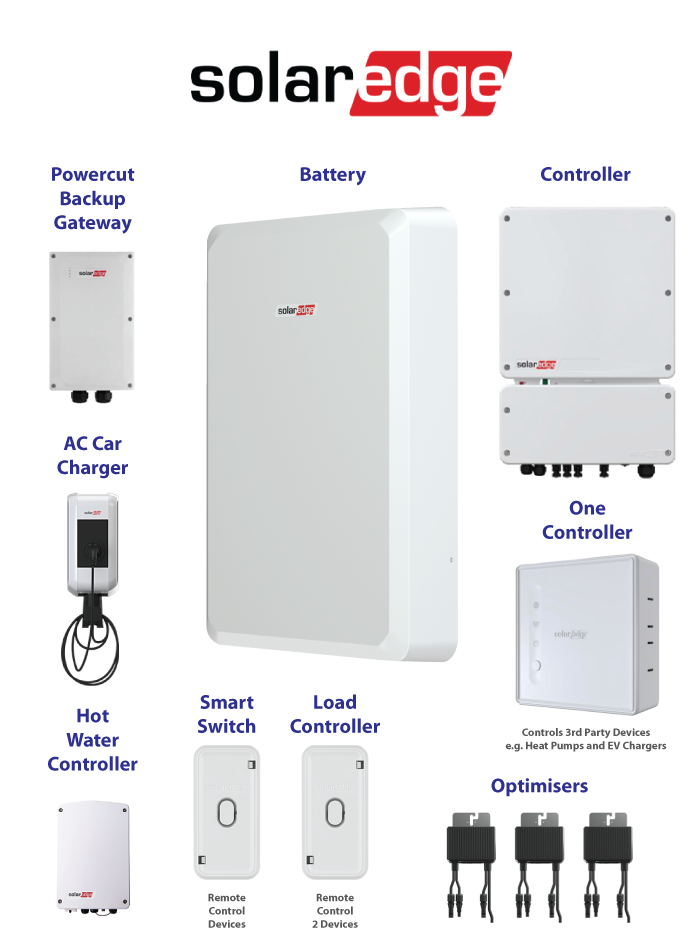
SolarEdge used to be a very clear winner since they have had a “whole home” approach to solar and battery systems for some time.
SolarEdge certainly has the most comprehensive system, including the One Controller, which can control Valliant heat pumps and some third party electric car chargers.
SolarEdge even has a load controller, which automatically switches off non-essential loads in the event of a power cut.
They have an API (application interface) for linking to Home Assistant, so your SolarEdge system can be part of the control of your entire home.
2. Modular
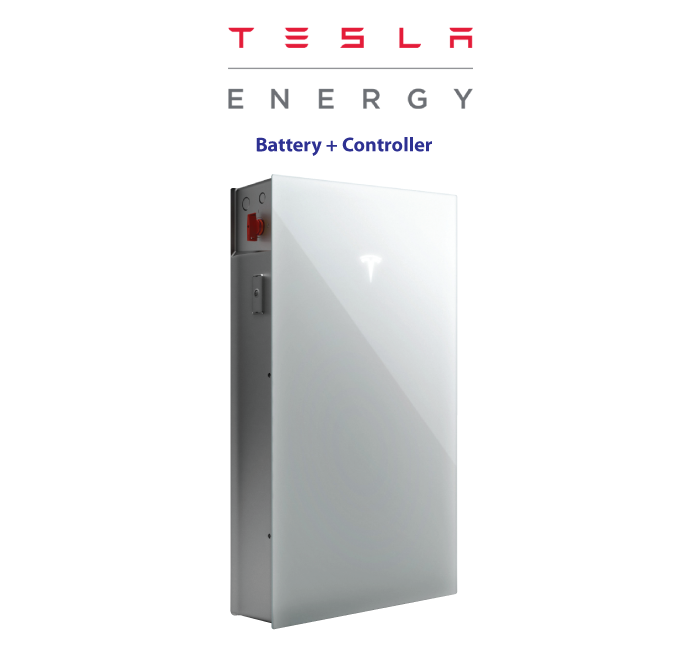
Tesla has a single box housing the solar inverter, battery controller and 13.5kW battery. This means when anything goes wrong outside the warranty period, it can be very expensive to repair. Sadly the unit is not designed to be repaired on-site. This may be a decision maker if you are environmentally conscious, since the inverter is highly likely to fail and requires everything to be replaced, including the battery. Tesla are probably about 18 months behind SigEnergy in battery development.
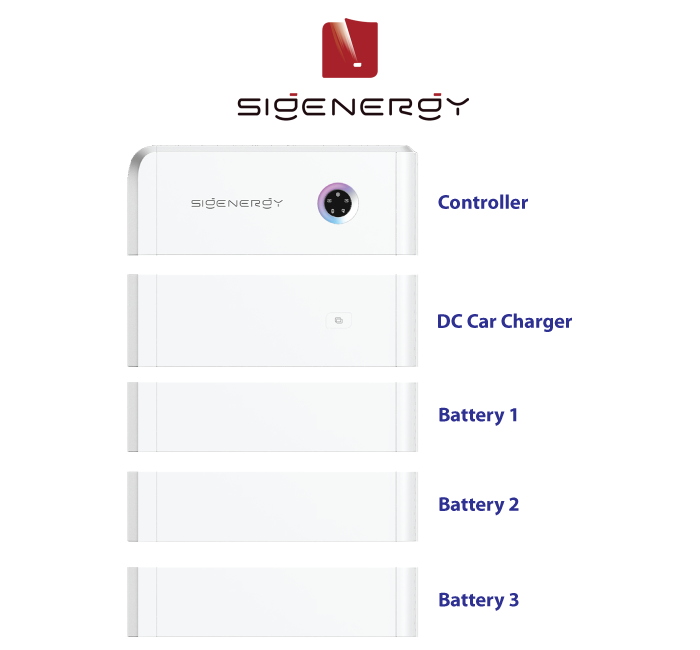
The SigEnergy components are all separate, combining into a neat stack.
The system is scalable and flexible, with any combination of 6kWh and 10kWh battery modules.
If there is an issue with a controller or battery pack, it can be easily replaced – the ultimate solution from an environmental, redundancy and cost perspective.
SolarEdge will be releasing a similar product in 2026, and Tesla will probably not be too far behind. We have already seen other leading companies, such as Huawei move to a modular system. The BYD Battery-Box HVB (high voltage Blade) modular system has just been announced. Even the much less expensive Fox ESS and Pylontech have launched modular systems.
Scalable
Whilst you can extend your system easily in the future, it makes sense to do this in the first two years of ownership since the batteries degrade over time.
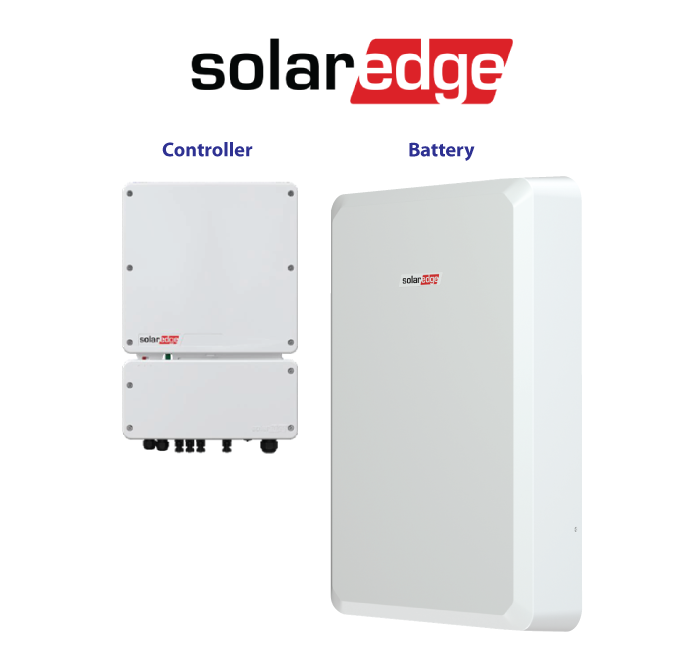
SolarEdge comes second since it has a 10kWh battery separate to the solar inverter and battery controller. This makes it easier to replace these parts, compared to Tesla, if something goes wrong in the future. SolarEdge is also probably about 18 months behind SigEnergy in battery development.
3. Charge and Discharge Speed
Your charge and discharge speed is determined by the lowest speed of the battery and controller. For example 6 x SigEnergy 10kWh batteries can discharge at 24kW; however, the single phase controller maximum size is 12kW – therefore limiting discharge of the batteries to 12kW.
Discharge speed
Many battery systems have a maximum discharge speed of around 2.5kW. This is not even enough energy to run a standard electrical kettle (3kW). You need a higher discharge speed if running:
- Electric showers (up to 12kW)
- Heat pumps (a 15kW heat pump will use around 5-7kW of electricity)
- Immersion element (3kW)
- Electric fan heater (3kW)
- Induction hobs (7.2kW)
- Electric oven (6.6kW)
- Electric AC car charger (7.2kW)
Charge speed
Charge speed is important if you have a limited charge window, for example if you are on Octopus Go, the cheap electricity window is limited to 5 hours.

Charge Speed
1 x 13.5kWh battery = 5kW
2 x 13.5kWh batteries = 8kW
Discharge Speed
11kW
A big weakness of the Tesla system is its slow charge speed of 5kW. This isn’t ideal if you are looking to maximise your profit by charging the battery quickly during periods of less expensive electricity.

Charge Speed
1 x 10kWh battery = 5kW
2 x 10kWh batteries = 10kW
4 x 6kWh batteries = 12kW
Discharge Speed
1 x 10kWh battery = 5kW
2 x 10kWh batteries = 10kW
4 x 6kWh batteries = 12kW
With SigEnergy you can choose your battery pack and controller to determine the charge and discharge speed. SigEnergy has an impressive 12kW charge AND discharge speed when you choose the 12kW controller with 24kWh of batteries – the ultimate solution.

Charge Speed
1 x 10kWh Battery 5kW
2 x 10kWh Battery 10kW
3 x 10kWh Battery 10kW
Discharge Speed
1 x 10kWh Battery 5kW
2 x 10kWh Battery 10kW
3 x 10kWh Battery 10kW
With SolarEdge the limiting factor is not the batteries, but the largest single phase inverter is 10kW.
4. Backup capability
The types of backup power supply are split into two categories depending upon how fast they switch to backup in the event of a power cut.
Uninterrupted Power Supply (UPS) is designed so there is minimal interruption to the power supply when there is a power cut. Customers with sensitive electronic equipment such as computers or medical equipment might require a high quality power supply such as UPS.
Emergency Power Supply (EPS) is typically a little slower to transfer into backup mode and devices such as computers might turn off.

Emergency Power Supply

Uninterrupted Power Supply
SigEnergy has a market leading speed in its switch to backup mode – well ahead of its competition. It is so fast we have not been able to detect any flicker in lighting and the tests we have performed has shown computers, running at the time of power supply failure, have not been impacted.

Emergency Power Supply
5. Compatibility with Octopus Energy Tariffs

Tesla and SolarEdge have an Application Programming Interface (API) which allows them to communicate with other software, such as Octopus Energy’s software, Kraken. SolarEdge and Tesla can communicate with home automation applications such as Home Assistant, Alexa, Google Assistant and Loxone. SigEnergy has announced they will be releasing an API, but for the time being you would need to use Modbus communication protocol to talk with home automation applications.
Realistically you don’t normally want to hand over control to Octopus Energy by using Intelligent Octopus Flux. It is normally more profitable to allow AI to control charge and discharge to maximise your profit rather than handing over control of your battery to Octopus Energy to maximise their profits.
6. Charges for Artificial Intelligence Mode
7. Charge Below Zero
To enable charging below 0°C requires heating pads to be installed inside the battery packs. This not only allows charging below 0°C, but is likely to prolong the life of your battery when charging in the 0-10°C range. The disadvantage is energy is used to heat the batteries before charging. Once the cells start to charge they generate their own heat through the charging process. Therefore a workaround without heating pads is you can discharge the battery to add heat before charging.
8. Efficiency
There are many measures of efficiency, but the good one to compare is round trip efficiency – how efficient the system is at charging AND discharging.
9. App useability
Below is the App rating on Google Play.
10. Price
To ensure a fair review, I added up the wholesale cost price of all the components including the power cut backup gateways. For the comparison I used:
- Tesla 13.5kWh
- SigEnergy 13 kWh
- SolarEdge 10kWh
SolarEdge excludes the cost of the required optimisers for the solar panels.
Prices accurate as at 31 March 2025.
11. Other
Waterproof rating
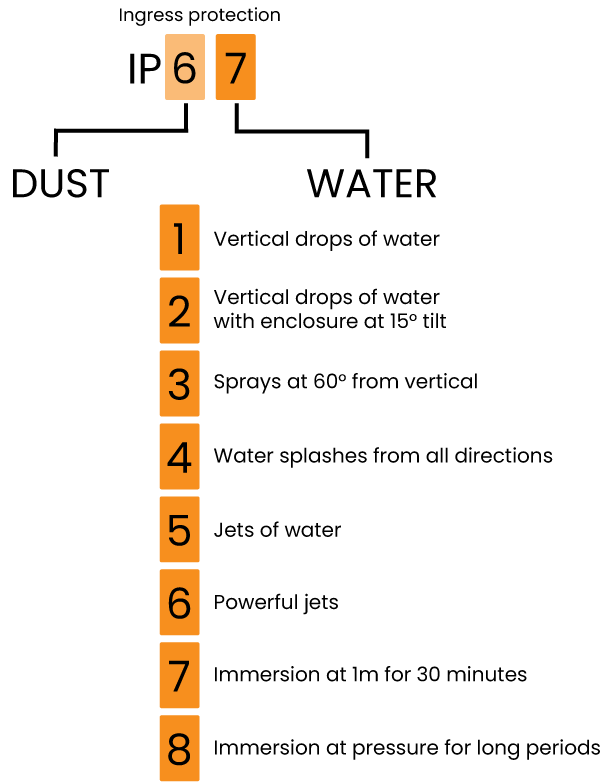
If a device has an IP rating of IP67, it is the second number which determines the water-proof rating.

The Tesla battery is IP67 rated for the battery and gateway. The wiring compartment is only IP55. The rating indicates the system is suitable to be installed outside, but perhaps not in very exposed regions or near the coast where there may be salt mist present.
There is nothing in the warranty or installation instruction regarding exposed or salt mist exclusions.

The SigEnergy battery is IP66 rated for the battery and IP55 for the gateway. So if installing the battery only SigEnergy has a better waterproof rating (IP66) than Tesla (IP55 in the wiring compartment). However, if installing the SigEnergy battery and gateway, SigEnergy (IP55 in the gateway) has the same waterproof rating as Tesla (IP55 in the wiring compartment). The gateway can also be installed in a waterproof enclosure in exposed locations.
Understandably, there is a warranty exclusion if “the equipment is installed in coastal areas within 500 meters of the coastline.” The installation instructions say “Avoid exposing the equipment to rain. Install the equipment in a sheltered place.”

The SolarEdge battery is IP55 rated for the battery and IP65 for the gateway. So SolarEdge has the same overall IP rating as Tesla and SigEnergy. Although SigEnergy is the highest rating if installing just the battery.
Understandably, there is a warranty exclusion if “Damaged or rendered non-functional as a result of direct exposure to sea water”.
Environment
If the inverter fails on Tesla, which is a common point of failure, the inverter and batteries need replacing. An expensive and environmentally costly proposition if failing outside of warranty or if the warranty terms are breached. The inverter on SigEnergy and SolarEdge can easily be replaced separately.
Virtual power plant
Tesla offers the opportunity of becoming part of a Virtual Power Plant (VPP). This is a great feature which may enable you to sell and buy your electricity at favourable rates through Octopus Energy. SigEnergy does not have this feature at the moment, but is likely to be released soon. SolarEdge has been part of Great Britain’s Electricity System Operator (ESO) DFS program – the British version of a Virtual Power Plant. The disadvantage of Virtual Power Plant systems is you hand over control of your battery to a third party.
Optimisers for shade
Optimisers are also known as MLPEs (Module-Level Power Electronics). Tesla is not compatible with Tigo optimisers, so is not a recommended system if your solar panels suffer from shade. The SigEnergy system is compatible with Tigo optimisers. SolarEdge has its own branded integrated optimisers, so is an ideal system for shade issues.
Backward compatibility
Tesla has not offered backward compatibility for its v1, v2 or v3 Powerwalls – not good from an environmental or customer perspective. SigEnergy v2 batteries are backward compatible with v1 batteries. SolarEdge has just announced its new modular solution called the Nexis, which is due in the UK in 2026. It is a similar design to SigEnergy; however, it is sadly not backward compatible with existing systems.
Three phase
In the UK a very small minority of residential homes will have three phase. Tesla does not have a three phase solution yet, but it is due to be launched in 2026. SigEnergy and SolarEdge already have three phase solutions.
Vehicle to grid (V2G)
This allows your car battery to be used for home energy. Tesla and SolarEdge do not have a solution yet, but understand both companies are working on a solution. SigEnergy already has a vehicle to grid (V2G) solution with their DC car battery charger.
Backup gateway
Tesla require a Backup Gateway to be installed to allow power cut backup – this is currently required and not an option. SigEnergy and SolarEdge have the Backup Gateway as an optional extra. Tesla is launching a “Tesla Remote Meter” to allow the Backup Gateway to be an optional extra. The “Tesla Remote Meter” is not yet approved in the UK to allow export restriction (G100) – 1/10/2025. The “Tesla Remote Meter” will have wireless meter functionality which SigEnergy does not currently offer.
Warranty
Tesla has a 10 year warranty for all components, which is not restricted to the number of cycles. It can therefore be used heavily to earn extra money from time of use tariffs. The Tesla Powerwall needs to be registered otherwise the warranty falls to 4 years.
SigEnergy also has a 10 year warranty for most components (excluding the LED light strip which is 2 years). The Gateway has a 5 year warranty and the circuit breakers included have a 2 year warranty. The battery does have a throughput limit which means a certain amount of energy is permitted to be charged and discharged during the warranty period.
SolarEdge has a market leading 12 year warranty on the inverter and backup gateway. The battery has a 10 year warranty, which is not restricted to the number of cycles.
All warranties require the system to be connected to the internet. This is required so the manufacturer can see remotely any issues with the battery cells in advance of failure.

